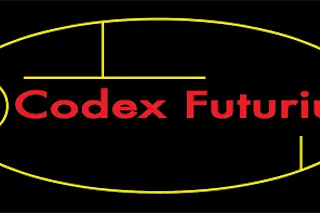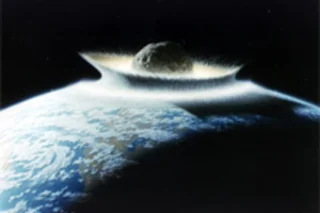Stand back, humanoid! Here comes the next installment of the Codex Futurius project, this blog’s never-ending quest to explore the ineffable scientific ideas raised by science fiction. This question on killer asteroids goes to Kevin Marvel, head of the American Astronomical Society. Thanks to Dr. Marvel for the scary info and to Jennifer Ouellette, the director the NAS’ Science and Entertainment Exchange (SEEx) program, for connecting us with him. Question: How big an asteroid would be needed to completely destroy a planet? That’s easy. It would have to be really, really big or moving very, very fast (or both for a real whopper of an impact), but there are some subtleties that are worth explaining. First off, let’s admit that we’re really concerned with how big an asteroid would destroy planet Earth, especially life on Earth. I’m a bit more worried about my home planet than Mars, Jupiter, or even ...
Forget Ben Affleck. What Asteroids Could Cause a Real Armageddon?
Learn about killer asteroids and their potential to cause mass extinction events on Earth. Can we protect ourselves from another large impact?
More on Discover
Stay Curious
SubscribeTo The Magazine
Save up to 40% off the cover price when you subscribe to Discover magazine.
Subscribe



